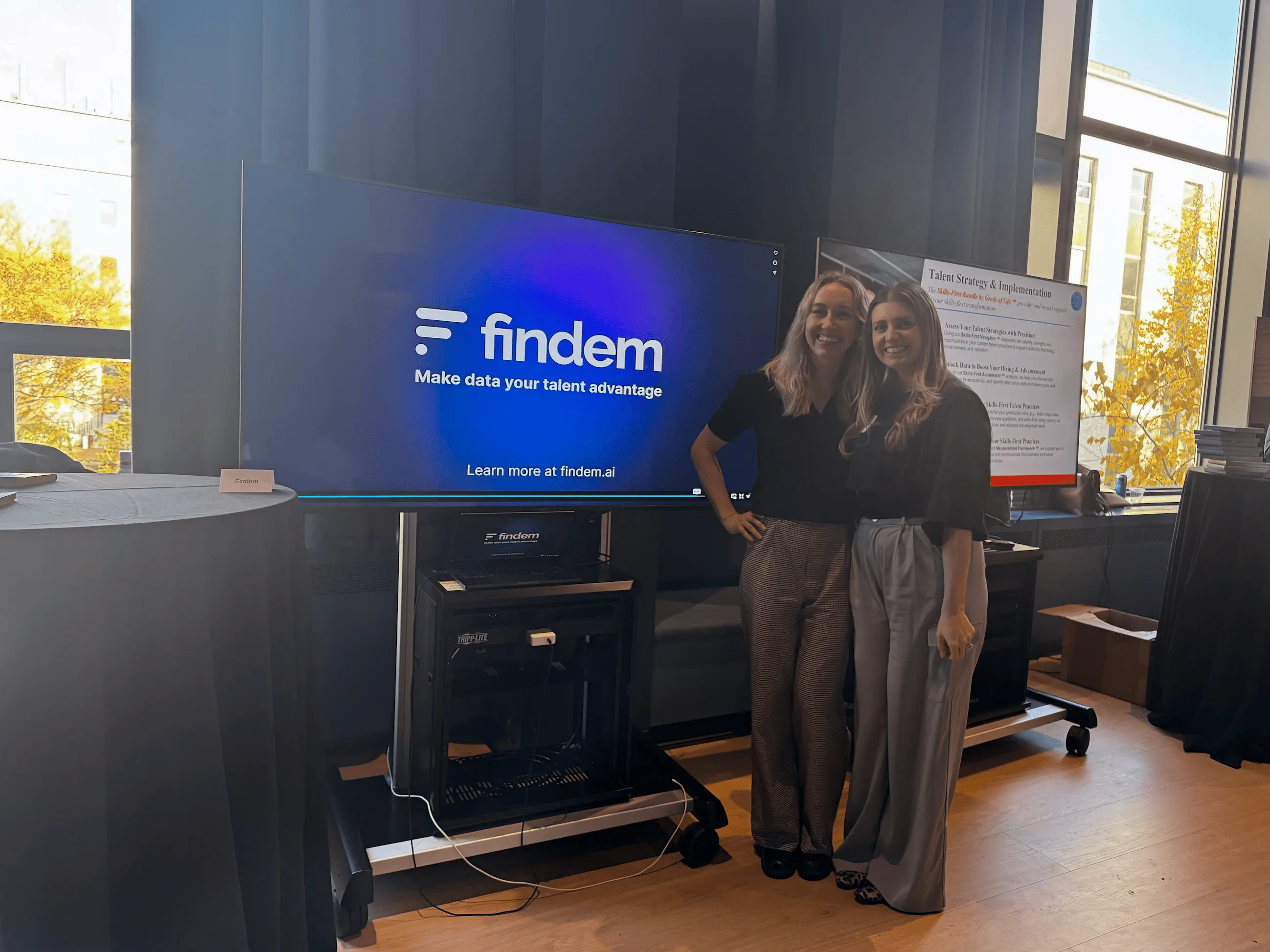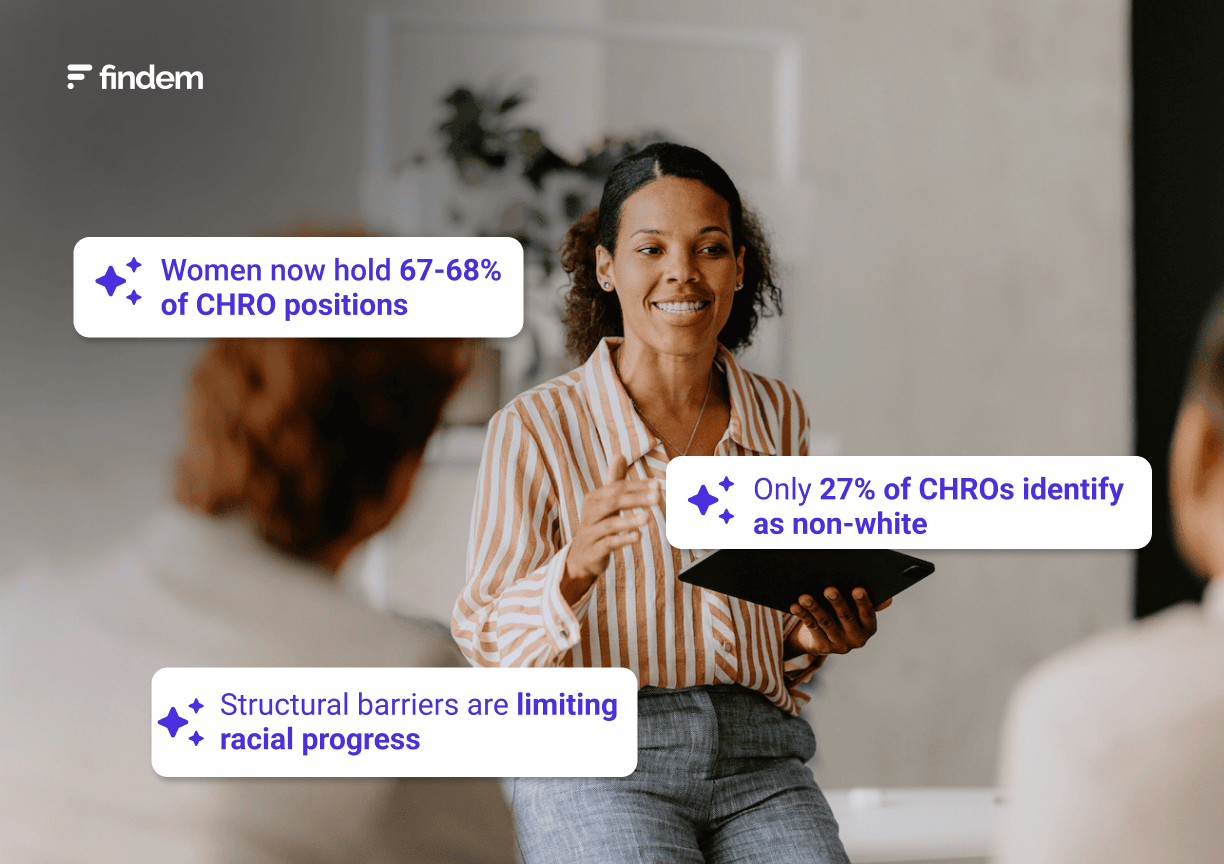.svg)
5 common diversity recruiting mistakes and how to avoid them
.svg)

Diversity is essential for the continued growth and long-term success of any business. It helps bring different perspectives to the company, creates a dynamic corporate culture, and boosts performance across the board. However, getting to a corporate culture recognized and rewarded for diversity, equity, inclusion and belonging (DEIB) starts by recruiting people who are different.
Here are 5 common mistakes that recruiting teams make when trying to achieve their DEIB goals.
1. Overlooking diversity training
It’s impossible for any team to create a culture of diversity without being trained on the topic. Sadly, many recruiting teams fail to invest in their own skills and understanding of diversity, equity, inclusion and belonging before starting to develop their strategies.
It’s important for companies to develop diversity training programs, seminars, and materials that can be easily accessed and utilized by everyone in the org.
From hands-on diversity training to laying out specific guidelines for goals and implementation, ensuring that your recruiting team is well-trained is crucial to being able to deliver on your diversity strategy effectively.
2. Poor utilisation of data
Data is ubiquitous in our culture today. The problem is that many companies are out of balance with regards to how much, or how little, they rely on data to shape their recruitment decisions.
Some companies get so deep in the data that they lose track of the other parts of the DEIB promise. It is not enough to hit a number or track a number for diversity in a spreadsheet, you have to have programs and support for diverse people to thrive in your culture.
At the same time, ignoring diversity data when considering your talent pool makes it very difficult to uncover those special candidates who can really make a difference in your organization.
3. Not checking for bias in job posts, descriptions, and offers
There’s a lot of room for unconscious bias to creep into your work. Much of this comes back to language and how that shapes perception. For example, using gender-biased language can send the wrong signal to the candidates you’re trying to reach.
Tools like Textio can help you uncover bias in any content you create.
A great tactic to use is to “flip it to the test.” by asking yourself how someone who is different from you might read your content. Even better, share your content with a diverse group of people to get their honest feedback. Software like Textio applies AI to the process and shows you where the bias is hiding.
Try this tactic to build an inclusive employer brand across:
- Job descriptions
- Your company careers page
- Outreach emails
- Interview questions
- Offer letters
Bringing that unconscious bias to light will help you create more inclusive and accepting content across your recruitment efforts.
4. Neglecting corporate culture
76% of job seekers report that diversity is an important factor when evaluating companies and job offers. People from diverse backgrounds are often paying attention to all of a company’s content, correspondence, and online presence when they’re looking for a new position.
Recruitment teams that focus solely on diversity from the recruitment side – i.e. job posts, interviews, offers, etc. are neglecting a key piece of the puzzle.
If you want to attract top performers of diverse backgrounds, then you need to first ensure that your company identifies publicly and internally as a diverse and inclusive organization. Participate in public diversity initiatives, host events featuring thought leaders, or publish content in company blogs or newsletters.
For more ideas about how to create a diverse and inclusive culture, Amit Pandya, Sr Director and Head of Talent at Heap and diversity consultant Tina Ragin share their expertise in Diversity Recruiting 101, a webinar about how to attract and hire top, diverse talent.
5. Putting too much focus on race and gender
When most people think of diversity they immediately think about race and gender. This often translates into recruitment teams who get fixated on those two aspects of a person as the key parameters for increasing diversity and inclusion across the company.
However, diversity is much broader than that and its full scope needs to be accounted for in recruiting efforts. Diversity also includes educational background, religious beliefs, age, disabilities, cultural background, geographical location, and so much more.
By embracing diversity on multiple levels, companies can maximize the results of their recruitment efforts and create a much more diverse and inclusive company culture.
Avoiding Diversity Recruiting Mistakes
Inclusive and diverse teams are more creative, innovative, and productive than homogeneous teams. Avoiding these common pitfalls will help any recruiting team improve their recruitment processes and company culture.
Take the time to get a complete overview of where your company currently stands on diversity and inclusion. Then create recruitment goals and a roadmap outlining how you’re going to get there. Using talent diversity analytics such as Findem helps you ensure that your talent funnel is on track.
That’s how you end up with more diverse and dynamic teams that improve the company over the long term.










